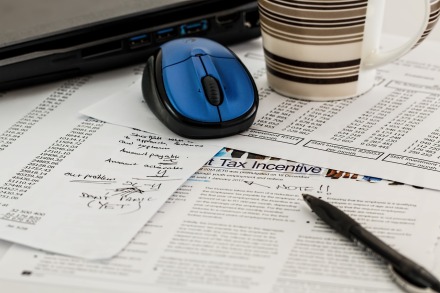 This is an excerpt from a presentation I give to entrepreneurs about the basics of getting a business off the ground.
This is an excerpt from a presentation I give to entrepreneurs about the basics of getting a business off the ground.
—–
This series of posts will cover the following topics:
- General overview of recordkeeping
- Sales Tax
- Employee vs. Independent Contractor, and the Consequences of Having Employees
- Doing Business in Other States
- Estimated Tax Payments
Let’s jump in with an overview of recordkeeping.
Recordkeeping refers to recording the transactions that take place within your business. For example, money coming in from your customers, and money going out for various business expenses such as supplies.
Documentation refers to the proof of the numbers in your recordkeeping system. So, if your records show you spent $50 on office supplies on July 12th, you should have documentation to prove that this transaction really happened.
Proper Documentation — In General
For the IRS, there are no real requirements for documentation other than any “reasonable method” is allowed.
Now, we usually talk about things like this in terms of filing a tax return and what the IRS requires … but keeping good records and having proper documentation is a good management practice as well.
Proper Documentation of Income
Here are some examples of proper documentation of income:
- Invoices and sales receipts
- Bank statements showing deposits
- Cash register tapes, credit card slips
Obviously this will vary from business to business. If you don’t have a cash register, there won’t be a cash register tape. But you should have some sort of documentation of what your customer bought and how much they paid you.
Proper Documentation of Expenses
First of all, let’s define what’s deductible on your tax return. You can take deductions for any expense that is “ordinary and necessary.” As with many things with taxes, this is one of those vague statements that’s never really defined.
The best way to think about ordinary and necessary is, if it’s an expense for something your business needs, you’re probably okay. Taking a customer to the local steakhouse and ordering a $300/plate meal and a $1,000 bottle of champaign probably would not be ordinary or necessary. But, if you’re dealing with movie stars who expect to be pampered, perhaps it would be ordinary and necessary.
The proper documentation for business expenses is some sort of proof of what you bought (typically this is shown on a receipt), combined with proof of payment such as a bank statement, canceled check or credit card statement.

